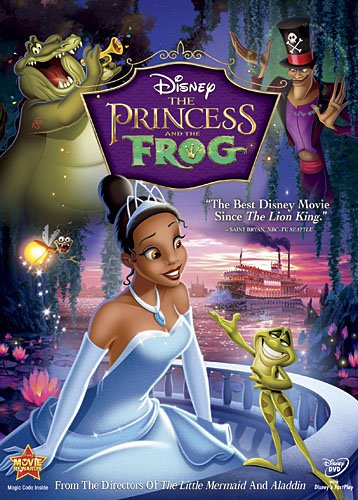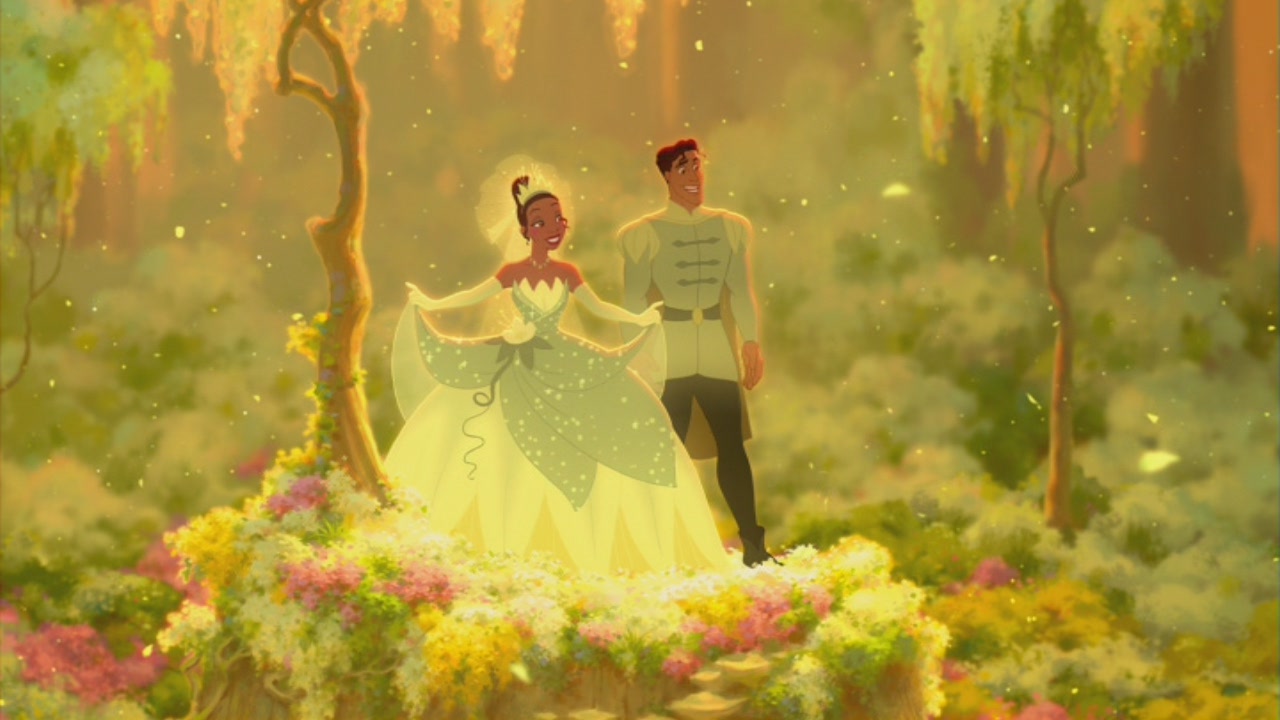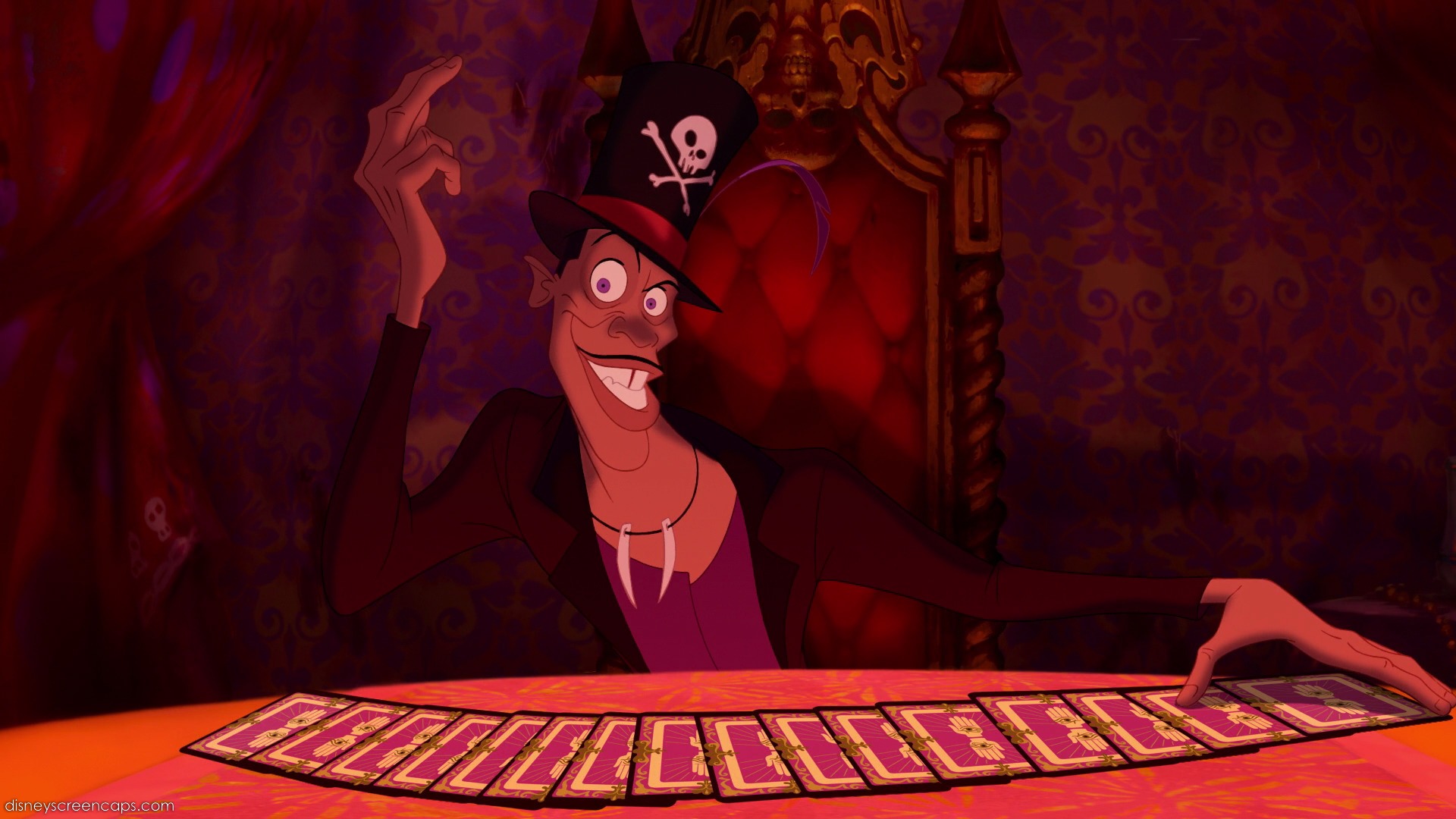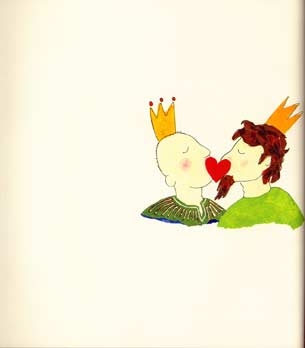What can we learn from a box of crayons?
The Crayon Box That Talked activity
In this activity, the children will discover how they are each special in their own way, and together they are even more special! Teachers should read the book The Crayon Box That Talked by Shane DeRolf to their class and discuss how it relates to each of them. (if you are not familiar with the book, here's a short synopsis- its too cute) I chose this activity because this book is one where many themes and activities can stem from, and they are all ones that are easy for children be interested in and have fun with.
Materials:
- the book to read
- Colorful paper
- variety of colored crayons
- scissors
- glue
After having read The Crayon Box That Talked, spark a discussion about how we are all different from one another and how that makes our world interesting. Tell the children that they will be making their own "crayon" about what makes them special. Children will be given a crayon shaped piece of paper where they can write their name, draw themselves, and write one thing that makes them special. Then, the teacher will assemble all of the crayons together so the class can see everyone together. This activity is age appropriate because it addresses the idea that people are both similar and different, and that a variety of people make up our community and world. These are all multicultural concepts that young children are able to understand. (RW pg. 188-189) This activity will probably work for Pre-k through third grade, but could probably be expanded for older ages as well.
Teachers can focus on a variety themes while doing this activity. One goal that teachers can accomplish while doing his activity is that children will be able to "Recognize, appreciate, and respect the uniqueness, beauty, value and contribution of each child" (Anti-Bias Activity Goals handout) by seeing all of the different crayons together, Children will be able to visually see what they have in common with one another as well as how they stand out. Another Goal they will be accomplishing is "Promoting respect toward others." This can be done through discussing how the crayons must learn to get along and value how they are different, and relating that idea back to the children. Overall, teachers will be accomplishing the goal of "Provide children with a positive experience exploring similarities and differences" through this activity. By giving children a fun opportunity to discuss theses similarities and differences, they will be making positive discoveries.
Another book that would tie well into this activity is the book The Day The Crayons Quit by Drew Daywalt,where the crayons tell their owner why they are upset about being used too much for the same things. This book encourages children to be diverse in their art and color things the "wrong" color sometimes, which shows how great all colors are in their own way.

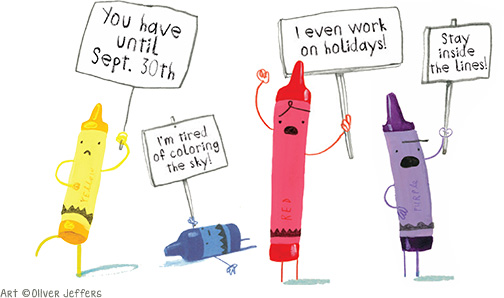
Overall, this activity can be brought to life in many different ways. I think that utilizing something that children are familiar with and come in contact with every day is a good way to keep it on their level and relevant to them. Plus, this activity would visually be a great addition to a classroom as a representation of their community and something that children can constantly look at and remember what they learned.
References
- Tolerance.org,. (2014). What Can We Learn from a Box of Crayons? | Teaching Tolerance. Retrieved 8 December 2014, from http://www.tolerance.org/exchange/what-can-we-learn-box-crayons
- profile, V. (2013). The Crafty Counselor: Kindness Class Projects. Craftycounselor.blogspot.com. Retrieved 8 December 2014, from http://craftycounselor.blogspot.com/2013/10/kindness-class-projects.html?m=1
- York, S. (1991). Roots & wings. St. Paul, Minn.: Redleaf Press.




